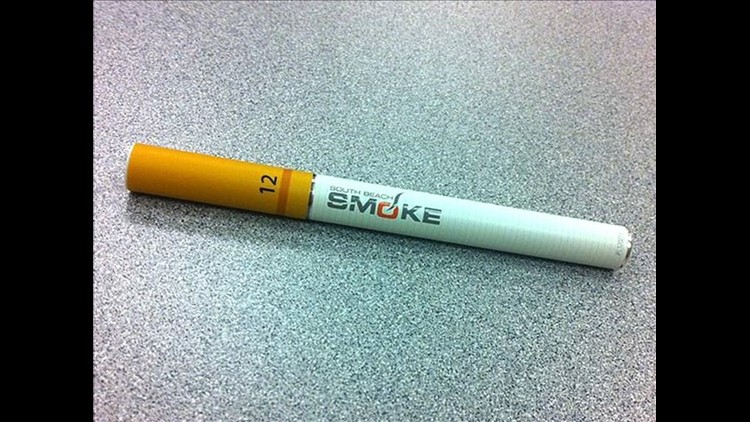(CNN) — The percentage of middle-school and high-school students using so-called emerging tobacco products is increasing even as their rate of tobacco use in general is remaining relatively constant, federal scientists reported Thursday.
Last year, 6.7% of middle-school students and 23.3% of high-school students said in a survey reported by the Centers for Disease Control and Prevention that they had used a tobacco product at least once in the previous 30 days.
Last year’s overall rate of tobacco use differs little from what it was in 2011, when 7.5% of middle school students and 24.3% of high school students said they had used a tobacco product.
One in seven (14.0%) said last year that they smoked cigarettes, down from 15.8% in 2011.
But the surveys found a bigger change when they asked about hookahs, snus, dissolvable tobacco and e-cigarettes.
E-cigarette use nearly doubled between 2011 and 2012 for middle-school students, from 0.6% to 1.1%, and the use of hookahs by Latinos rose from 1.7% to 3.0%.
Among high-school students, e-cigarette use rose from 1.5% to 2.8%; the use of dissolvable tobacco doubled from 0.4% to 0.8%; and cigar use rose among non-Latino blacks from 11.7% to 16.7%.
Many of the cigars are almost indistinguishable from cigarettes in size, shape and filter. But because they are not cigarettes, they are exempt from Food and Drug Administration restrictions on flavoring in cigarettes, said Brian King, senior scientific adviser in the CDC’s Office on Smoking and Health, which published the study in the agency’s “Morbidity and Mortality Weekly Report.”
For the moment, menthol is excluded from the flavoring ban imposed by the FDA, whose scientific advisory committee is evaluating the evidence on menthol and is expected to publish a report on it this month.
The increase in the use of the newer entrants may have several explanations. Dissolvable products can be strips or orbs containing nicotine that dissolve on the tongue. No odor, no burn holes in sweaters, no stigma of being a smoker.
And, because they tend be taxed at a much lower rate than cigarettes or cigars, they’re usually much cheaper, King said.
“The primary takeaway is these types of products deserve the same kinds of sales and marketing restrictions as traditional products, like cigarettes and cigars,” said King.
King cited increased marketing efforts, the availability and visibility of the products as well as the perception that they may be safer alternatives to the traditional means of getting a nicotine fix — cigarettes and cigars.
E-cigarette makers advertise on television, something traditional cigarette makers have been banned from doing since 1971.
Are they safer? “In terms of e-cigarettes, there’s not a lot of information on the long-term health impact,” King said. Though there is anecdotal evidence that some people use them to quit smoking cigarettes or cigars, that can be problematic, because there is also evidence that nicotine — however it may be absorbed — may adversely affect brain development among youths, he said.
“Our general message is that any of these products are not appropriate for use,” he said. “None of these emerging products are safe alternatives to traditional cigarette use, and efforts should be made to get kids to stop so we don’t have a next generation of tobacco-addicted adults.”
He noted that 90% of smokers started as teenagers.
King said he was hoping to include questions on future surveys that would shed light on whether e-cigarettes are helpful in quitting smoking or are a gateway into tobacco use.
A survey published in September found that one in five middle-school students who said they had never used conventional cigarettes reported having used e-cigarettes. “That’s concerning,” King said.
In a statement, the American Cancer Society Cancer Action Network said that while it was troubling that the rate of cigarette use remains stagnant, “it is even more disconcerting that teenagers are increasingly turning to other products that are produced and sold without any federal oversight.”
The network called on the FDA “to immediately assert its regulatory authority over all tobacco products.”
A spokesman for Altria, the parent company of Philip Morris USA, U.S. Smokeless Tobacco and John Middleton, said the company was not trying to get kids to use tobacco products.
“Our goal is we market to current adult tobacco consumers and support programs to help ensure that kids don’t use tobacco products — whether it’s a conventional cigarette, an electronic cigarette or smokeless tobacco,” said David Sylvia in a telephone interview.



